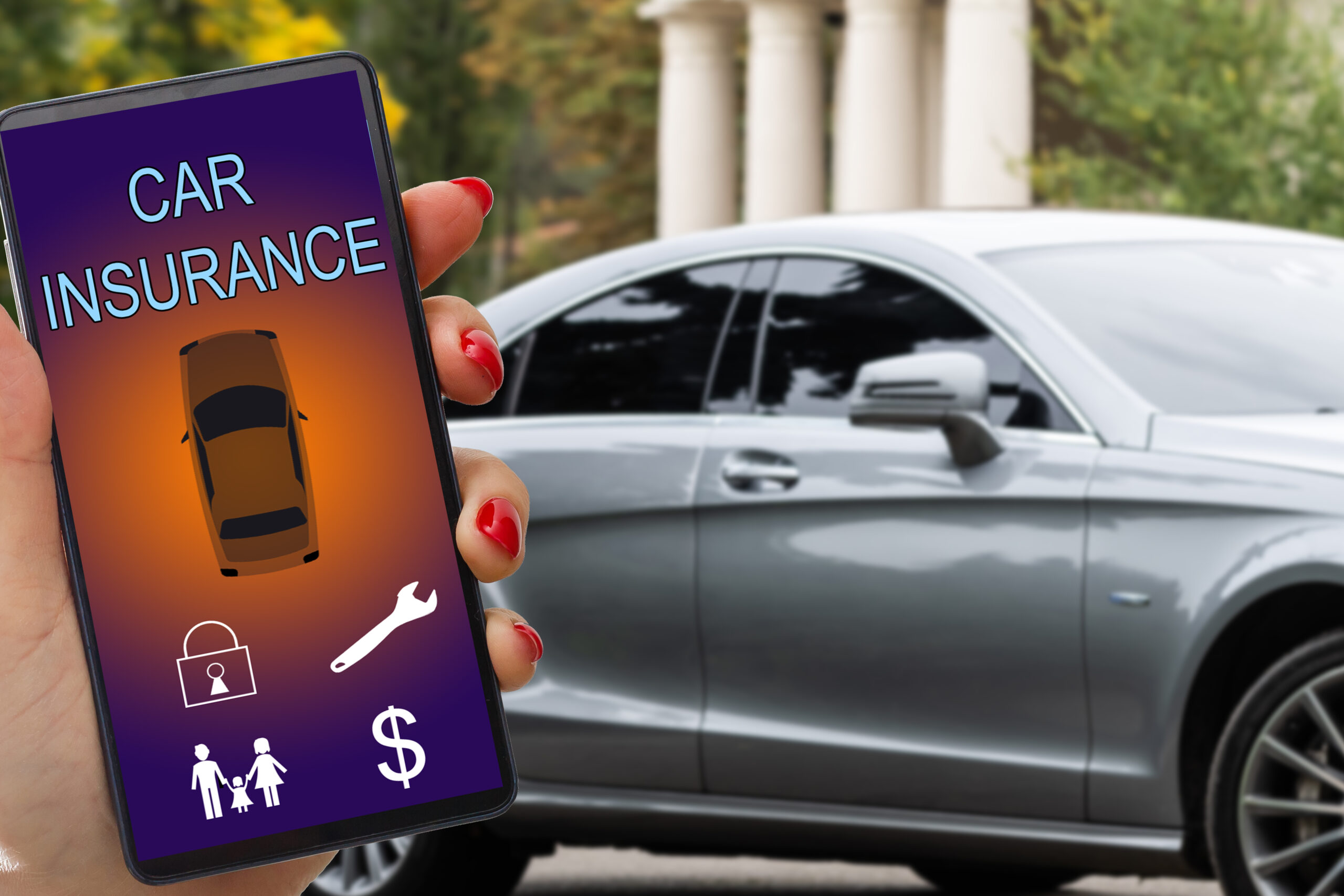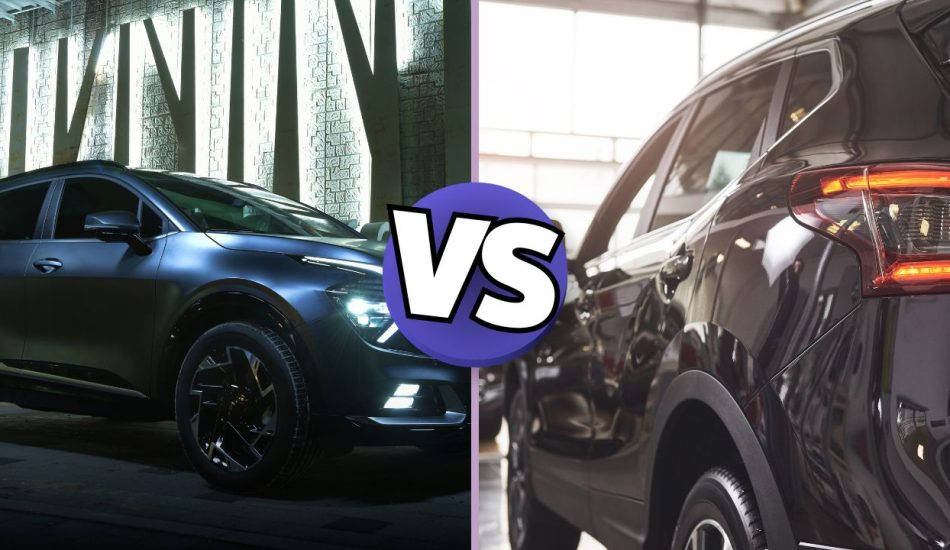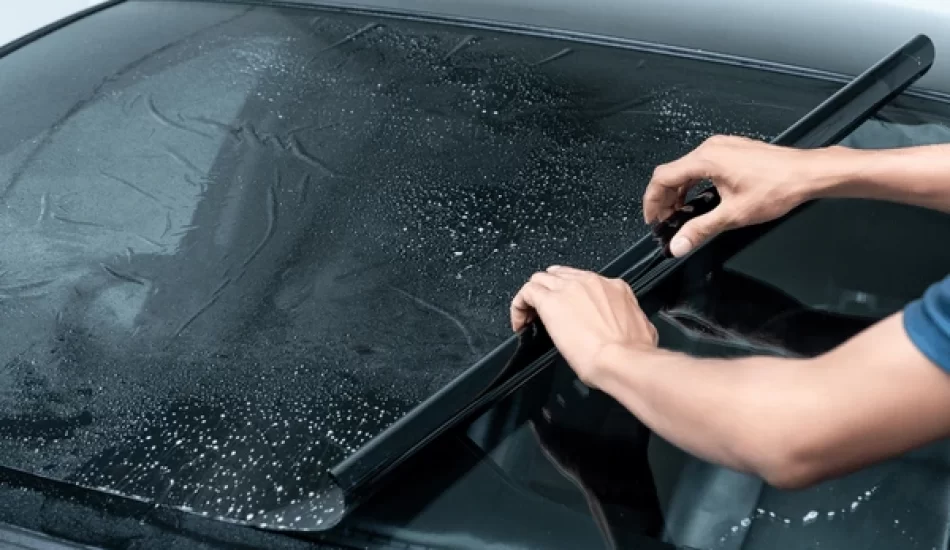
Used Car Insurance – When purchasing a used car, getting the right insurance coverage is just as important as choosing the car itself. Unlike new vehicles, used cars come with unique considerations, such as varying levels of depreciation, maintenance needs, and prior ownership histories. If you’re wondering how to navigate the world of used car insurance, this guide is here to help.
We’ll explore everything from understanding coverage options to tips for saving money on your policy, ensuring you have all the information needed to make informed decisions.
What is Used Car Insurance?
Used car insurance provides financial protection against damages, theft, and liabilities for cars that are not brand new. Similar to insurance for new cars, it includes mandatory coverage like liability insurance and optional coverage like collision or comprehensive insurance. However, the specifics of coverage may vary depending on the car’s age, condition, and market value.
Why is Insurance Essential for Used Cars?
Even though used cars may have a lower market value than new cars, insuring them is crucial for several reasons:
- Legal Requirement: In most states, car insurance is mandatory to legally drive your vehicle.
- Financial Protection: Accidents, theft, or natural disasters can lead to significant expenses without insurance.
- Liability Coverage: Protect yourself from lawsuits or financial responsibilities if you cause an accident.
- Loan or Lease Agreements: If you’re financing a used car, lenders often require comprehensive or collision coverage.
- Peace of Mind: Insurance ensures you’re protected against unexpected events, giving you confidence on the road.
Types of Coverage for Used Cars
When insuring a used car, you have several coverage options. Understanding these will help you choose the right policy:
1. Liability Insurance
What it Covers: Damages to another person’s property or injuries you cause in an accident.
Why it’s Important: Required by law in most states, liability insurance protects you from financial and legal consequences.
2. Collision Insurance
What it Covers: Repairs to your car after an accident, regardless of fault.
Why it’s Important: Helps cover repair costs for older vehicles, especially if they hold significant value.
3. Comprehensive Insurance
What it Covers: Non-collision-related incidents such as theft, vandalism, natural disasters, or falling objects.
Why it’s Important: Offers protection for unexpected damages beyond accidents.
4. Uninsured/Underinsured Motorist Coverage
What it Covers: Damages caused by a driver without insurance or inadequate coverage.
Why it’s Important: Ensures you’re not left paying out-of-pocket if the at-fault driver is uninsured.
5. Personal Injury Protection (PIP)
What it Covers: Medical expenses and lost wages for you and your passengers after an accident.
Why it’s Important: Provides additional coverage regardless of fault.
6. Gap Insurance
What it Covers: The difference between your car’s value and the remaining loan balance in case of total loss.
Why it’s Important: Particularly useful if you owe more than your car is worth.
Factors That Affect Used Car Insurance Rates
Several factors influence the cost of insuring a used car:
Vehicle Age and Value
Older cars typically cost less to insure because of their lower market value. However, if the car is rare or expensive to repair, premiums may increase.
Car Make and Model
Sports cars or luxury models often have higher premiums due to their repair costs and theft risk.
Driver’s History
A clean driving record can significantly reduce your insurance costs. Conversely, accidents or violations may increase premiums.
Location
Living in areas with high crime rates or heavy traffic can lead to higher insurance rates.
Coverage Options
Adding collision and comprehensive coverage increases premiums, but it also provides better protection.
Mileage
Lower annual mileage can lead to discounts as it indicates less time spent on the road, reducing accident risk.
Previous Claims History
Frequent insurance claims may result in higher premiums.
How to Choose the Right Insurance for Your Used Car
Selecting the right insurance policy involves evaluating your needs, budget, and the car itself. Follow these steps to make an informed choice:
Step 1: Assess Your Coverage Needs
Determine the level of coverage required based on your car’s value, usage, and potential risks.
Step 2: Research Insurance Providers
Compare policies from multiple providers to find the best combination of coverage and cost.
Step 3: Evaluate Deductibles
Choose a deductible amount that balances affordability with out-of-pocket expenses in case of a claim.
Step 4: Look for Discounts
Many insurers offer discounts for safe driving, bundling policies, or installing anti-theft devices.
Step 5: Read Customer Reviews
Check reviews and ratings to ensure the insurer has good customer service and a straightforward claims process.
Tips to Save Money on Used Car Insurance
Bundle Policies: Combine your car insurance with other policies, like homeowners or renters insurance, for discounts.
Opt for Higher Deductibles: A higher deductible reduces your premium but increases your out-of-pocket costs during a claim.
Maintain a Clean Driving Record: Safe driving habits lead to lower premiums over time.
Shop Around: Regularly compare rates from different providers to ensure you’re getting the best deal.
Ask About Discounts: Inquire about discounts for features like anti-lock brakes, airbags, or good student performance.
Pay Annually: Paying your premium in full can save you money compared to monthly installments.
Consider Usage-Based Insurance: Some insurers offer lower rates based on your driving habits through telematics devices.
Benefits of Insuring a Used Car
Insuring your used car offers several advantages:
Protection Against Repairs: Covers the cost of repairs after accidents or other incidents.
Legal Compliance: Keeps you compliant with state laws.
Financial Security: Prevents unexpected financial burdens due to accidents or theft.
Peace of Mind: Allows you to drive confidently, knowing you’re covered.
Common Mistakes to Avoid
Skipping Coverage: Opting for the bare minimum may leave you exposed to significant risks.
Ignoring Discounts: Failing to ask about potential savings can lead to higher premiums.
Not Updating Your Policy: If your circumstances change, such as moving or adding drivers, update your policy to avoid coverage issues.
Choosing Based on Price Alone: The cheapest option may lack adequate coverage.
Why Used Car Insurance is Different from New Car Insurance
Used car insurance policies differ from those for new cars due to the following:
Lower Replacement Cost: Used cars have a lower market value, reducing premiums for collision and comprehensive coverage.
Repair Costs: Depending on the car’s age and parts availability, repair costs may be higher or lower than for new cars.
Depreciation: Used cars depreciate more slowly, affecting their insured value.
Frequently Asked Questions
Q: Is full coverage necessary for a used car?
It depends on the car’s value and your budget. If the car holds significant value or is financed, full coverage is recommended.
Q: How can I find cheap insurance for a used car?
Shop around, compare rates, and ask about discounts to find affordable coverage.
Q: Can I switch insurance providers if I find a better deal?
Yes, you can switch insurers at any time. Just ensure there’s no lapse in coverage.
Final Thoughts
Insuring a used car is essential for protecting yourself, your vehicle, and your finances. By understanding your coverage options, comparing providers, and taking advantage of discounts, you can secure a policy that fits your needs and budget.
At the end of the day, the right insurance not only provides peace of mind but also safeguards you from unforeseen expenses. So, take the time to research and invest in a policy that ensures a smooth and secure driving experience.


